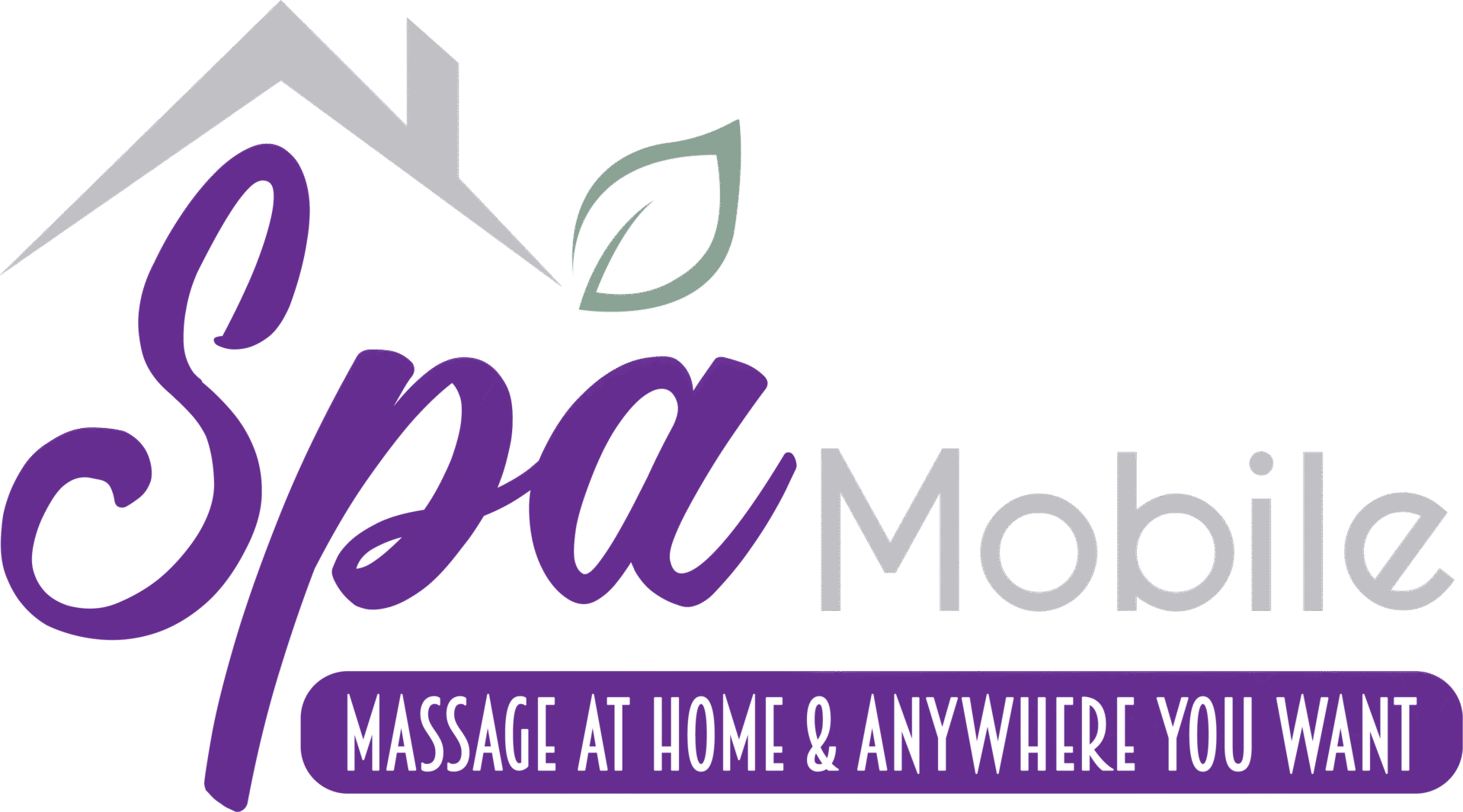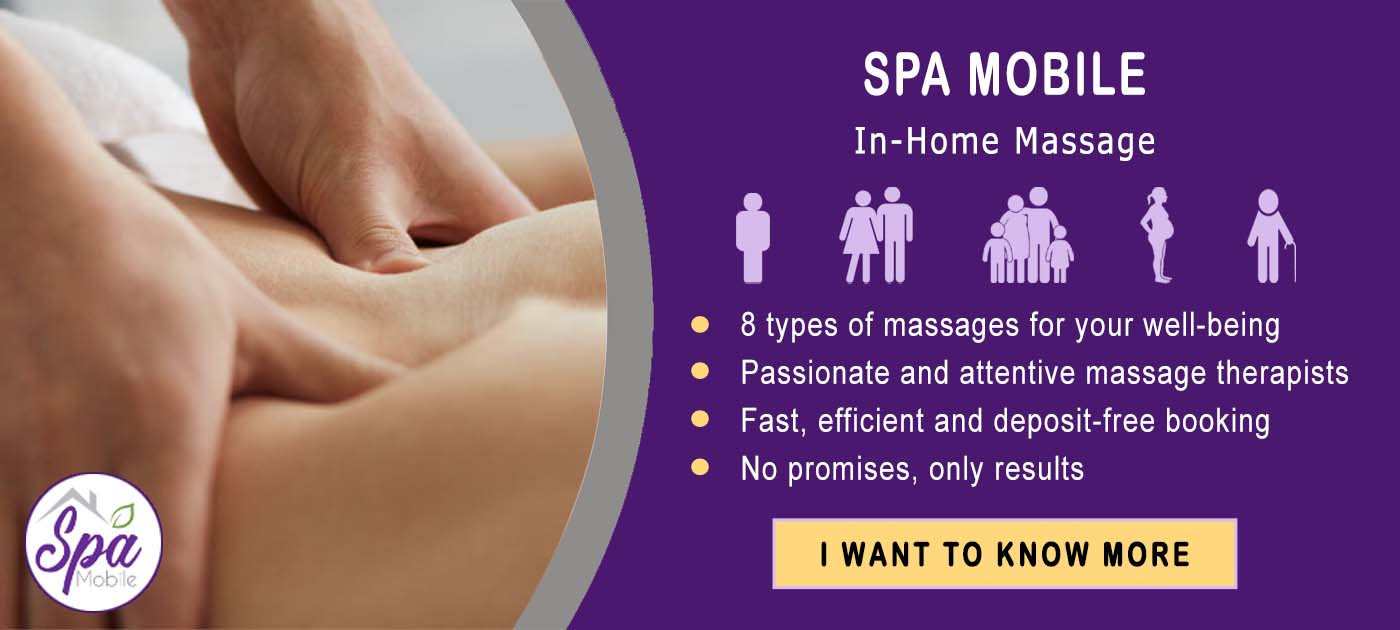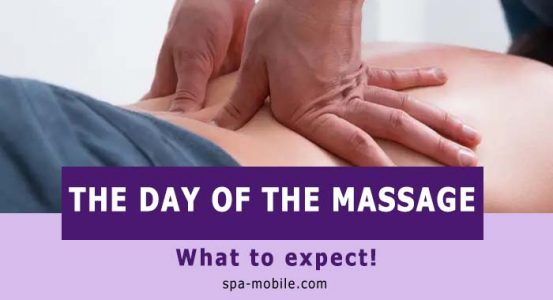- What is a Japanese massage?
- The benefits of Japanese massage
- What are the risks of Japanese massage?
- What about unwanted side effects and complications?
- Do the benefits of shiatsu outweigh the risks and side effects?
- What are the techniques of Japanese massage?
- Rocking
- Pressure
- Elongation
- The rotation
- How much does a Japanese massage at home cost?
- Choose massage therapists who are attentive to your situation.
Japanese massage or shiatsu is a therapeutic solution for stressed people, those suffering from muscle pain or even those with various medical problems to relieve.
This Japanese holistic massage technique treats several ailments by targeting pressure points in the human body.
These basic techniques of shiatsu massage effectively manipulate the soft tissues of the body, and they can positively affect the mental and emotional well-being of a person who actively participates in them.
However, Japanese massage has benefits, risks, and side effects that should be considered before choosing this type of massage. Massage therapy at your home.
What is a Japanese massage?
Sometimes called acupressure massage or shiatsu massage, Japanese massage is a therapy with roots in acupuncture, oriental massage, and traditional Chinese medicine. It aims to promote health and relaxation by supporting the connection between body and mind.
Like many other forms of oriental medicine, it is about working with the whole person rather than just treating specific symptoms. The massage therapist works with the patient to create a treatment tailored to their needs for this occasion. Therefore, each treatment will be a little different considering the energy level and the state of health, which varies daily and from person to person.
As in some other oriental therapies, such as acupuncture, shiatsu helps promote healing by working with the energy of the meridians (energy channels) and acupressure points to create greater harmony between the body and the body. Spirit. It is a profoundly relaxing technique valid for many physical problems and for managing stress and other emotional imbalances.
During a shiatsu treatment, the massage therapist uses the thumbs, palms, elbows, and knees to press on the acupressure points and meridians while the patient is either lying down or sitting in a comfortable position. Most shiatsu treatments cover the entire body and include massage and joint manipulation, as well as work on energy points and meridians. The patient remains fully clothed during treatment.
The benefits of Japanese massage
If you suffer from anxiety, depression, or stress, shiatsu can help relieve symptoms, energize your body, lift your spirits, and facilitate a good night’s sleep.
Shiatsu massage is a good remedy for lower back pain; it relieves muscle pain by eliminating tension and spasms. The pressure on the acupuncture points and the rubbing of the muscles provide fast, drug-free relief.
It can be used to treat migraines because it improves blood circulation. It can also provide relief for women suffering from menstrual cramps by improving energy flow and muscle function, leading to the stabilization of hormone levels and earlier menstruation.
Shiatsu also improves the function of the immune system, reducing the chances of developing infections.
A final benefit of Japanese massage is that it helps the digestive system. By stimulating the intestines and colon, nutrients can be more easily absorbed. It can provide quick relief from constipation and gas and better overall health.
What are the risks of Japanese massage?
It is even more difficult to find reliable information on this aspect of shiatsu. Indeed, some websites warn that people should exercise caution and consult a doctor before receiving a shiatsu massage.
For example, there are concerns that shiatsu may pose risks for pregnant women, patients who have recently had chemotherapy or radiation therapy, and people with osteoporosis, heart disease, and blood clotting disorders.
Additionally, shiatsu should not be performed directly on bruises, inflamed skin, unhealed wounds, tumours, abdominal hernias, or areas of recent fractures.
Shiatsu should also be avoided immediately after surgery and by people with infectious skin diseases, rashes, or open wounds.
What about unwanted side effects and complications?
Other websites claim that, when performed correctly, Japanese or shiatsu massage is not associated with any significant side effects. Some people may experience mild discomfort, which usually goes away during treatment.
So, is shiatsu massage free from side effects? I’m afraid the answer is no, but it needs to be investigated further to find a more relevant answer.
A 6-month prospective study on the effects and experience of shiatsu in three countries (Austria, Spain, and the UK) was done and published by UK authors in 2009. The data was collected via postal questionnaires, including negative responses perceived by customers.
The results showed that 633 clients provided complete follow-up data for a response rate of 67 %. A rate of 17% of negative responses were received from customers in all three countries, while 83% of people were satisfied. Nine clients (1.4% of the total) reported a negative response classified as an unsatisfied event or potentially adverse reaction that could pose a risk to client safety.
In addition, there are much more severe complications, such as stroke. They might be extreme rarities, but who knows? Because, like most alternative therapies, there is no system for notifying or tracking such events. Therefore, the results are hypothetical and are to be guessed.
Do the benefits of shiatsu outweigh the risks and side effects?
Shiatsu is a popular alternative therapy with a remarkable research void. According to one of the few journals on the subject, shiatsu is a form of Japanese massage that works on the body’s meridian system, the energy pathways along which acupuncture points are placed.
The shiatsu theory is based on the traditional Chinese medicine system, which has existed in China for over 2000 years. Following a shiatsu treatment, feelings of deep relaxation, support, and increased vitality are common. The treatment’s method, strength, and frequency can be varied to meet individual needs.
If that sounds like an optimistic assessment, look on the internet, where misrepresentation of shiatsu abounds. But such uncritical nonsense is, of course, neither informative nor responsible. No convincing data is available to suggest that shiatsu is ineffective for all conditions.
The studies on shiatsu that have been found focus on mental and physical health issues and are generally very supportive of alternative therapies. Thus, more research is needed on shiatsu, as the evidence is weak.
Therefore, the gist, I’m afraid, is all too familiar. There is no evidence of effectiveness or evidence of risks or side effects, which can only mean one thing: The benefits do not outweigh the risks or potential side effects.
What are the techniques of Japanese massage?
Here are some of the basic techniques of shiatsu massage:
Rocking
Rocking is a form of massage involving a gentle rocking motion. It is a great way to relieve pressure in the nervous system. A typical rocking session begins by laying the patient on a mat and letting the whole body rest and relax comfortably on the floor. Then, the massage therapist begins to gently rock the patient’s body while moving the hands from the upper back to the legs and back in a repeated motion. This helps the patient’s body relax and unwind during the session.
Pressure
This shiatsu massage technique mainly requires the thumbs, palms, knees or elbows. The pressure technique is most effective when the patient is lying on the floor because the massage therapist uses the body’s weight to create pressure. For example, the massage therapist could place one hand on the patient’s lower back, then use the other hand to apply pressure to the strained areas of the patient’s back, while using their body weight to determine the pressure on the patient. .
Applying this type of pressure in varying amounts to the patient’s body, with more emphasis on energy pathways called meridians, can help stimulate a smooth and even distribution of energy flow throughout the patient’s body, which will help improve balance and rest.
Elongation
Stretching is another basic shiatsu massage technique, and it is an excellent way to balance the energetic path of the meridian. This mainly involves a massage therapist sending their body weight forward into the patient’s body, creating a stretch that the patient feels on the front of the leg. The massage therapist can also take the patient’s arm and stretch by tilting his body back; this will affect the arm at the neck.
The rotation
The rotation technique is an effective way of manipulating the joints and is also great for alignment. The massage therapist can use circular motions by moving the knee to relieve joint tension between the thighs. The rotational shiatsu massage technique also works on the ankles and has a calming effect on the hip.
How much does a Japanese massage at home cost?
Some massage therapists come to your home or work but never to a hotel for shiatsu massage services. Massages at your home cost more than those provided in studios or spas to cover the time, effort and additional travel costs to get to your home with its massage table and other accessories or equipment.
Here are the Spa Mobile rates for shiatsu massage services ( reflexology massage ) at home :
60-minute shiatsu massage: $ 110, or $ 20 more than the price in the studio
90-minute shiatsu massage: $ 150, or $ 25 more than the price in the studio
120-minute shiatsu massage: $ 190, or $ 45 more than the price in the studio
Choose massage therapists who are attentive to your situation.
If you want a unique massage to relax or free yourself from pain, discomfort, or suffering, isn’t it wise and sensible to turn to massage therapists who know what they are doing? Live?





